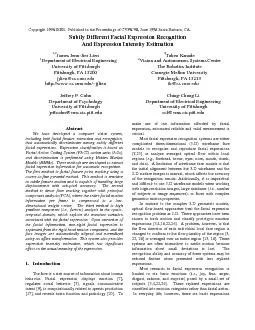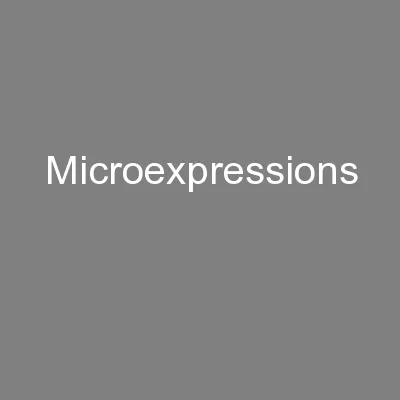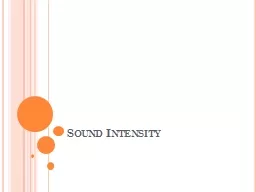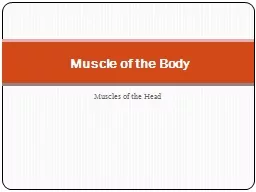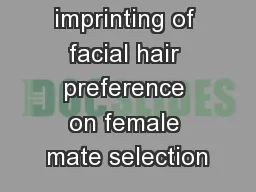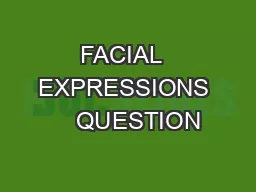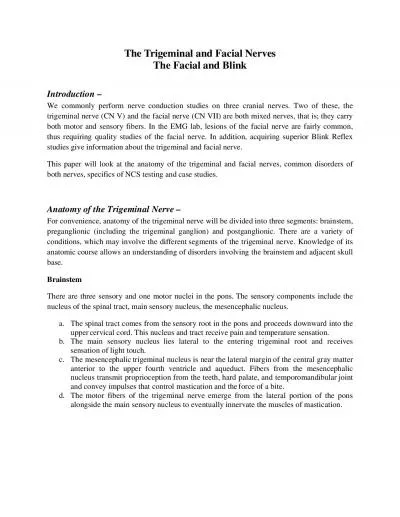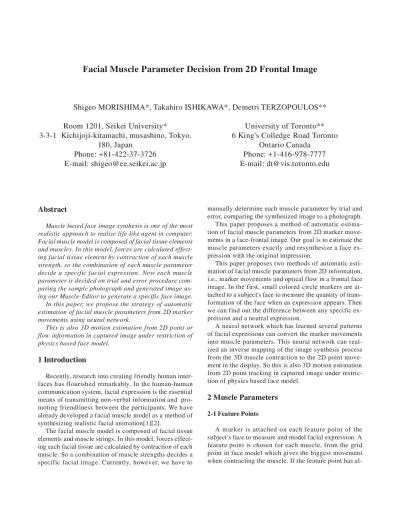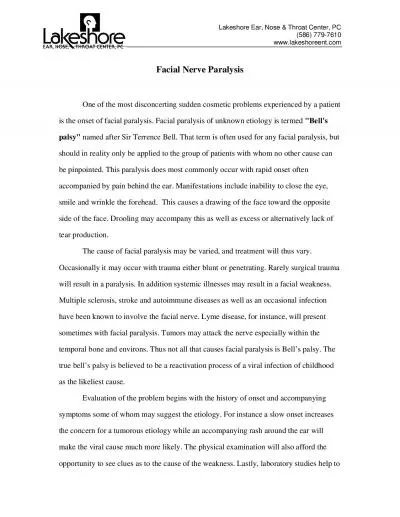PDF-Subtly Different Facial Expression RecognitionAnd Expression Intensity
Author : faustina-dinatale | Published Date : 2015-11-05
occur relatively infrequently Human are capable ofproducing thousands of expressions that vary incomplexity intensity and meaning Emotion or intentionmore often
Presentation Embed Code
Download Presentation
Download Presentation The PPT/PDF document "Subtly Different Facial Expression Recog..." is the property of its rightful owner. Permission is granted to download and print the materials on this website for personal, non-commercial use only, and to display it on your personal computer provided you do not modify the materials and that you retain all copyright notices contained in the materials. By downloading content from our website, you accept the terms of this agreement.
Subtly Different Facial Expression RecognitionAnd Expression Intensity: Transcript
Download Rules Of Document
"Subtly Different Facial Expression RecognitionAnd Expression Intensity"The content belongs to its owner. You may download and print it for personal use, without modification, and keep all copyright notices. By downloading, you agree to these terms.
Related Documents

